Tesla has not only revolutionized the electric vehicle (EV) market but also fundamentally disrupted the traditional automotive business model. By redefining manufacturing processes, sales strategies, and customer engagement, Tesla has set new standards for what a car company can achieve in the modern age.
Innovative Manufacturing Techniques

Tesla’s approach to vertical integration has dramatically altered the traditional supply chain dynamics in the automotive industry. Unlike conventional automakers, which typically rely on a network of suppliers for parts and components, Tesla maintains significant control over its supply chain. This strategy has allowed Tesla to streamline production processes, minimize costs, and rapidly implement technological innovations. For instance, Tesla’s acquisition of SolarCity and its development of the Gigafactory have enabled it to produce batteries and other essential components in-house, reducing dependency on external suppliers.
Gigafactories are a cornerstone of Tesla’s ability to scale production and innovation rapidly. These massive facilities are designed to produce not only vehicles but also key components like batteries at an unprecedented scale. Tesla’s Gigafactory in Nevada, for example, is one of the largest buildings in the world by footprint. The focus on scalable manufacturing processes has allowed Tesla to increase production capacity significantly, meeting the high demand for models like the Model 3 and Model Y. By investing in large-scale production facilities, Tesla can maintain a competitive edge over automakers who are slower to adapt to such manufacturing paradigms.
Battery technology advancements have been another critical area where Tesla has set itself apart. The company’s dedication to improving energy storage solutions has resulted in batteries that offer longer range, faster charging, and better overall performance. Tesla’s proprietary battery technology, developed in collaboration with Panasonic, has been a driving factor in reducing the overall cost of EVs, making them more accessible to a broader market. These advancements have not only enhanced vehicle performance but also positioned Tesla as a leader in the energy sector.
Direct-to-Consumer Sales Model
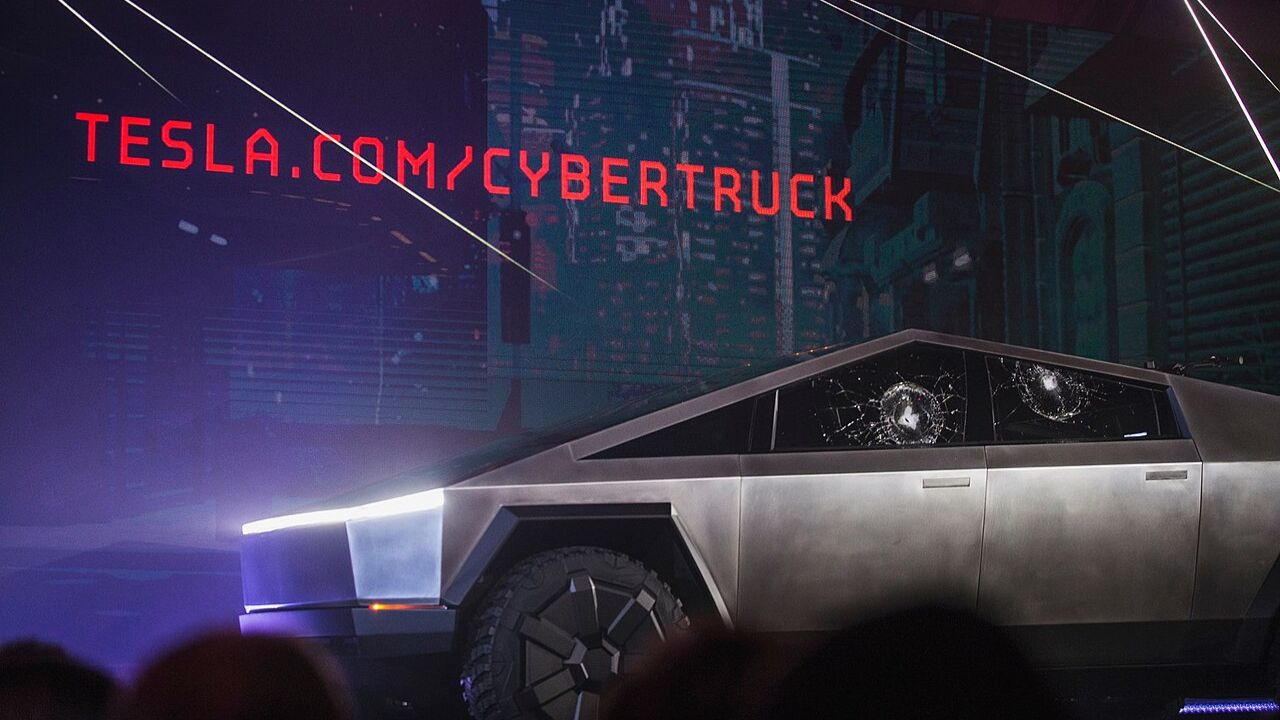
Tesla has disrupted the automotive sales model by eliminating traditional dealership networks. This direct-to-consumer approach allows Tesla to maintain better control over pricing and ensures a more consistent customer experience. Without the intermediary of a dealership, Tesla is able to sell directly to consumers through its own galleries and online platforms. This model contrasts sharply with the traditional dealership system, which often involves complex negotiations and varying price points.
Online sales and customization have become hallmarks of Tesla’s sales strategy. Consumers can design and order their vehicles directly from Tesla’s website, choosing from a range of options and features to customize their cars to their liking. This digital-first approach not only simplifies the purchasing process but also aligns with the expectations of a tech-savvy consumer base. The ability to order a custom Tesla, like the Model S Plaid, directly online without stepping foot in a dealership is indicative of the brand’s commitment to modernizing the car-buying experience.
Customer engagement and feedback are integral to Tesla’s business model, with the company actively incorporating user input into product development and updates. Through platforms like the Tesla app, owners can provide feedback that often informs future software updates and feature enhancements. Tesla’s responsiveness to customer needs and preferences sets a new standard for customer engagement in the automotive industry, fostering a loyal community of brand advocates.
Software-Driven Approach
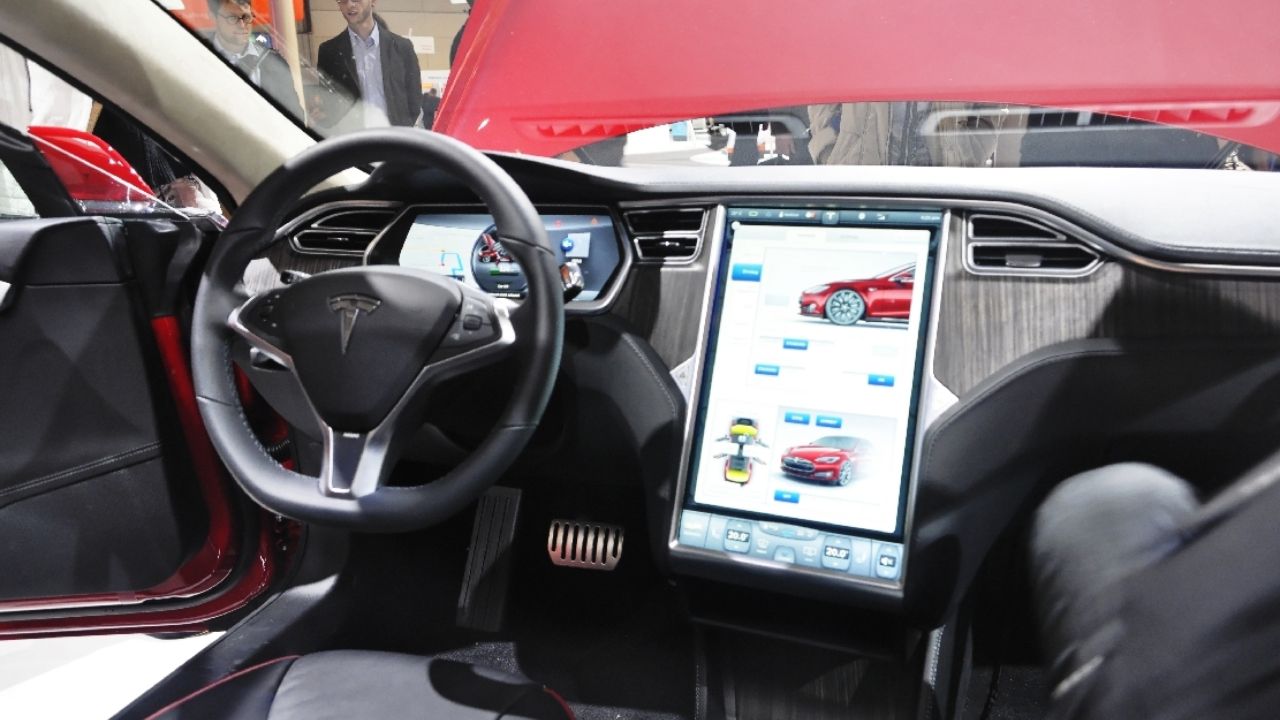
One of Tesla’s most significant contributions to the automotive industry is its software-driven approach, particularly through over-the-air (OTA) updates. This capability allows Tesla to enhance vehicle functionality and introduce new features remotely, long after the initial purchase. For example, software updates have improved the performance of Autopilot, Tesla’s driver-assistance system, and introduced entertainment features such as Tesla Arcade. This ongoing software support ensures that Tesla vehicles remain at the cutting edge of technology throughout their lifecycle.
Autopilot and AI integration represent another area where Tesla is pushing the boundaries of automotive technology. Tesla’s advancements in autonomous driving technology have positioned the company as a leader in the race toward fully autonomous vehicles. The integration of AI-driven features in Tesla’s vehicles, such as Navigate on Autopilot, which can automatically change lanes and navigate freeway interchanges, highlights the company’s commitment to innovation. These strides in autonomous technology have significant implications for the future of mobility and the automotive industry as a whole.
Data collection and usage are central to Tesla’s strategy for improving vehicle safety and performance. Tesla vehicles are equipped with sensors and cameras that collect vast amounts of data, which the company uses to refine its AI algorithms and enhance safety features. This data-driven approach has enabled Tesla to introduce safety enhancements and performance optimizations rapidly, further solidifying its reputation as a technology-driven automaker.
Sustainability and Environmental Impact
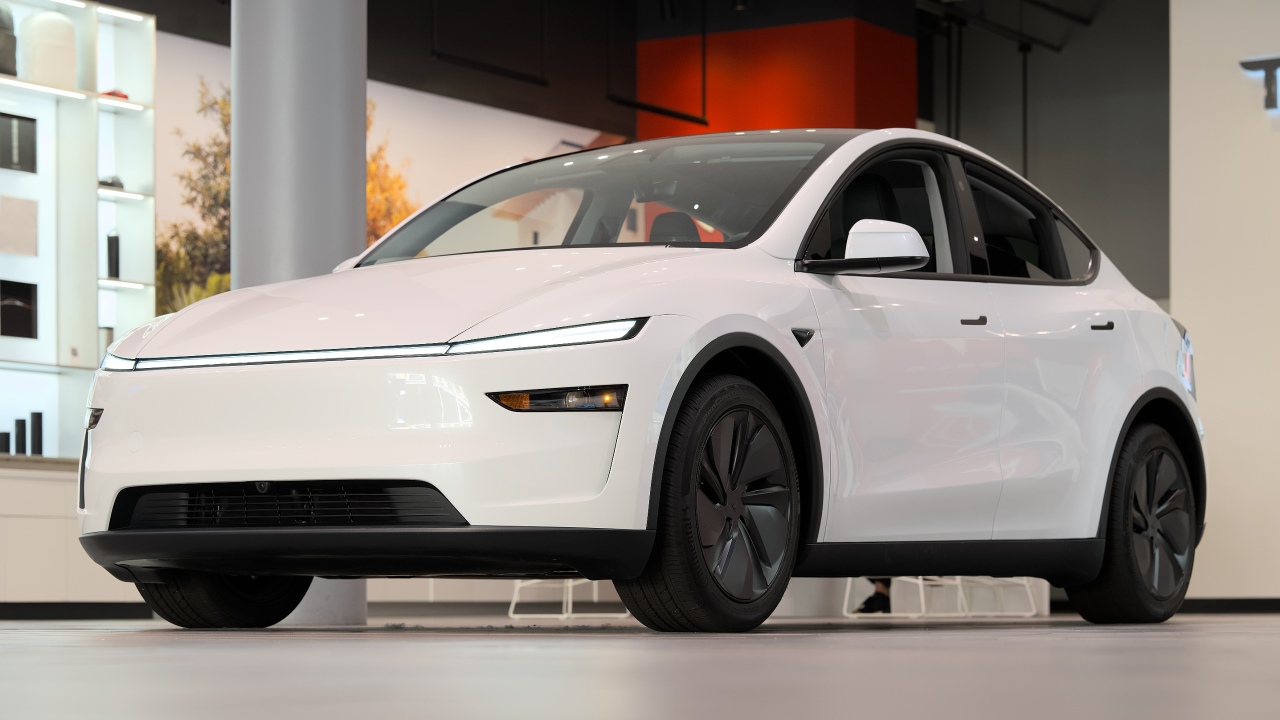
Tesla’s mission to accelerate the world’s transition to sustainable energy is at the core of its operations. The company’s commitment to renewable energy is evident in its product lineup, which includes not only electric vehicles but also energy solutions like solar panels and Powerwall home batteries. This focus on sustainability resonates with consumers increasingly concerned about environmental issues and aligns with the growing demand for eco-friendly products.
A lifecycle assessment of Tesla’s electric vehicles reveals a significantly lower environmental impact compared to traditional combustion-engine cars. From production to end-of-life, Tesla’s EVs generate fewer greenhouse gas emissions and consume less energy. The company’s efforts to improve battery recycling processes and reduce the carbon footprint of its manufacturing facilities further underscore its commitment to environmental stewardship.
Tesla’s emphasis on sustainability has also influenced industry standards, pressuring other automakers to adopt cleaner technologies. As Tesla continues to lead by example, the automotive industry is witnessing a shift toward more sustainable practices, with legacy automakers investing in EV development and alternative energy sources to remain competitive in a rapidly changing market.
Market Influence and Brand Perception

Tesla has cultivated a brand loyalty often compared to that of tech giants, characterized by a passionate and engaged customer base. This cult-like following is driven by Tesla’s innovative products, charismatic leadership, and a strong emphasis on customer satisfaction. Tesla owners often become brand ambassadors, promoting the company’s products and mission through word-of-mouth and social media.
Valuation and investor confidence in Tesla have soared as the company continues to disrupt the automotive industry. Tesla’s stock market performance reflects its perceived potential to reshape not just the EV market, but the transportation sector as a whole. The company’s ability to consistently meet and exceed production targets, coupled with its strategic investments in technology and sustainability, has bolstered investor confidence in its long-term prospects.
The success of Tesla has created competitive pressure and prompted an industry-wide response. Legacy automakers are now racing to develop their own electric vehicles and integrate advanced technologies to compete with Tesla’s offerings. This shift is evident in the growing number of electric models being introduced by established brands and the increased investment in research and development aimed at catching up with Tesla’s innovations. As a result, Tesla’s influence continues to shape the future direction of the automotive industry.
Like Fast Lane Only’s content? Be sure to follow us.
Here’s more from us:
*Created with AI assistance and editor review.



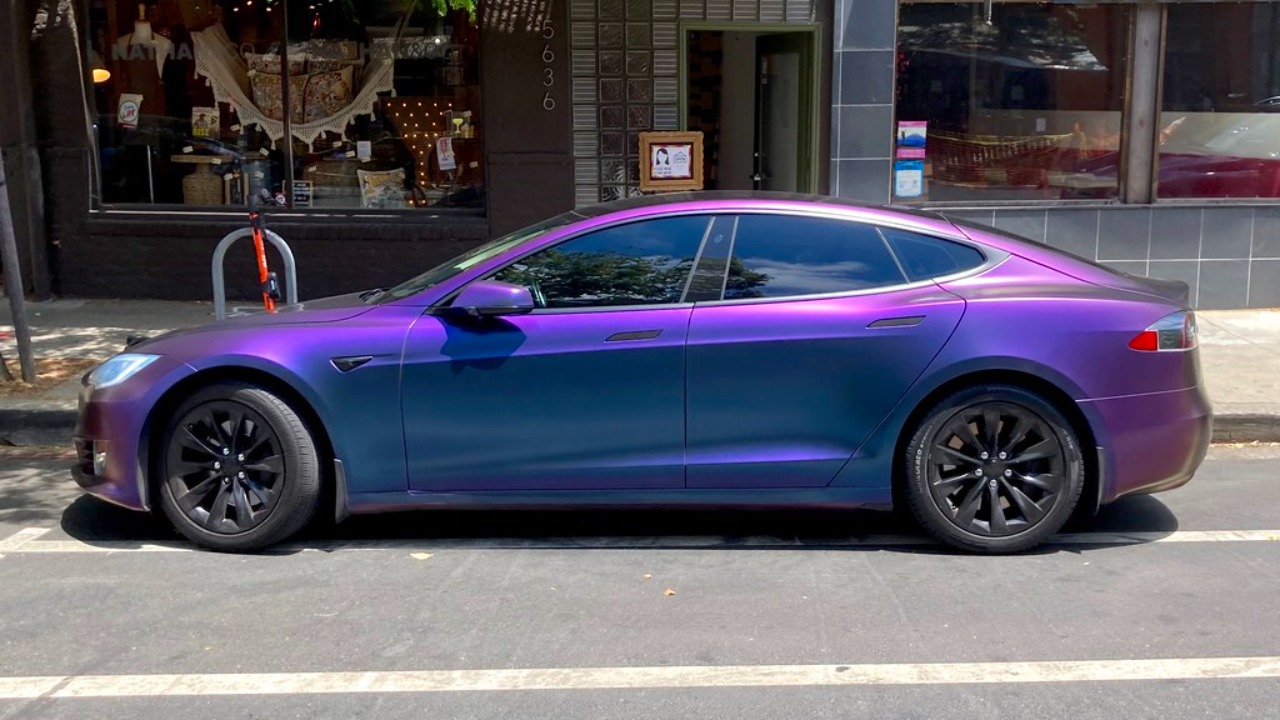
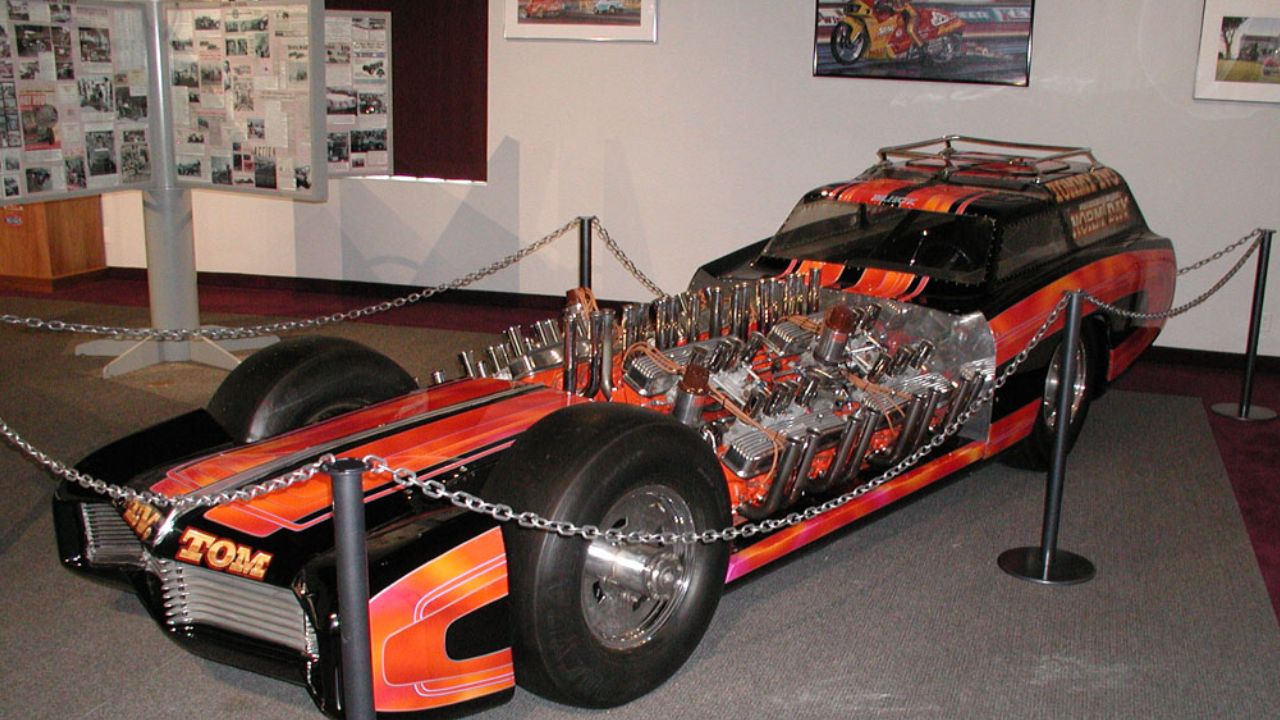


Leave a Reply